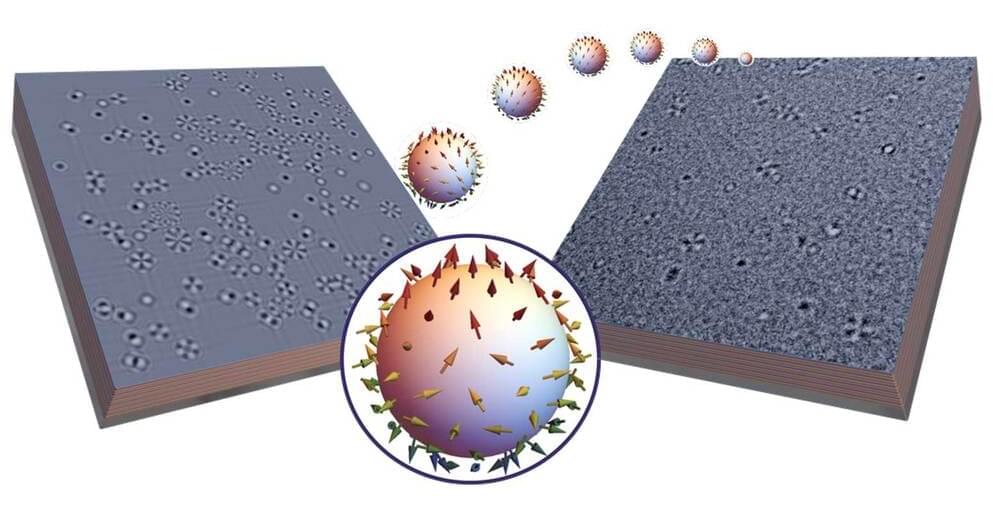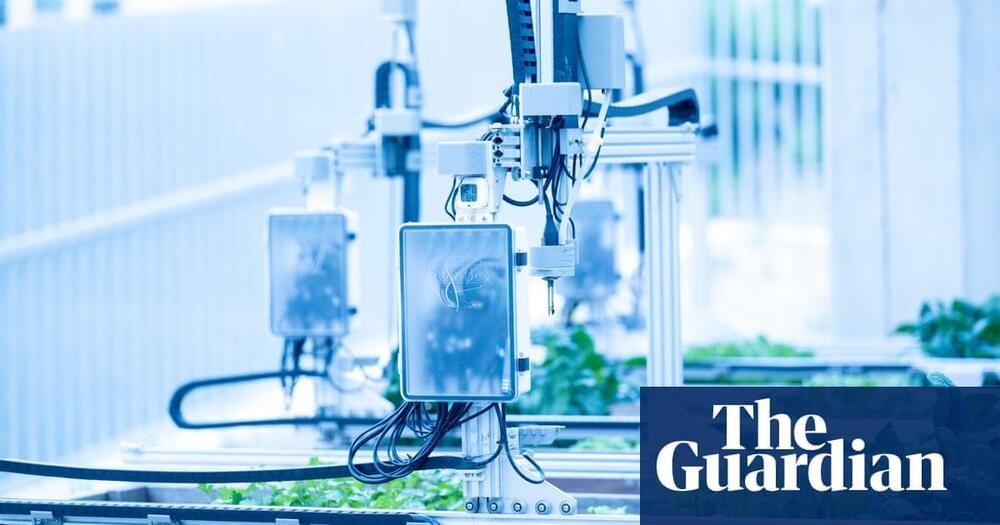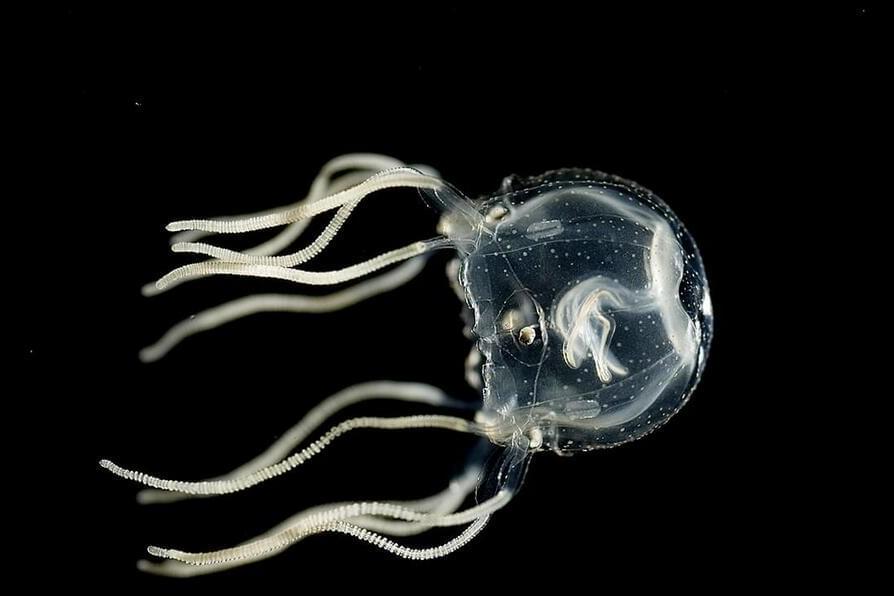With anaesthetics and brain organoids, we are finally testing the idea that quantum effects explain consciousness – and the early results suggest this long-derided idea may have been misconstrued.
Tesla is reportedly working on compact crossover EV codenamed “Redwood” with production set to start in June 2025, sources familiar with the matter told Reuters. The company is said to have sent requests for quotes for the new model to suppliers last year, predicting a weekly production volume of 10,000 vehicles.
Elon Musk has confirmed that a “next-generation low-cost” Tesla EV is in the works and is “optimistic” that it’ll arrive in the second half of 2025, he said in an earnings call yesterday. He also promised “a revolutionary manufacturing system” for the vehicle that’s far more advanced than any others in the world by a “significant margin.”
An article yesterday from Reuters indicated that the new vehicle would be a small crossover codenamed “Redwood.” Tesla reportedly sent requests to suppliers for quotes, predicting a weekly production volume of 10,000 vehicles. Musk previously stated that the automaker is working on two new EV models that could sell up to 5 million per year, combined.
“Our current schedule shows that we will start production towards the end of 2025, sometime in the second half,” he said on the call. The vehicle will be built in Tesla’s Austin, Texas Gigafactory to start with and other locations around the world later. Musk hinted that there would be a strong push to ramp up assembly: “We’ll be sleeping on the line practically,” he said.
Astronauts content themselves with freeze-dried gruel, but plans for crewed missions to Mars mean scientists need to create more delicious, nutritious menus by James Shackell.
A brief flash of green light was recently spotted coming from Venus in the night sky. The colorful shimmer has only been seen a handful of times before.
Despite lacking a centralized brain, the translucent creatures can learn from past experiences to avoid bumping into obstacles.
The team was thrilled with this discovery and saw the potential for creating durable patterns on the glass surface that could produce electricity when illuminated. This is a significant breakthrough because the technique does not require any additional materials, and all that is needed is tellurite glass and a femtosecond laser to create an active photoconductive material.
“Tellurium being semiconducting, based on this finding we wondered if it would be possible to write durable patterns on the tellurite glass surface that could reliably induce electricity when exposed to light, and the answer is yes,” explains Yves Bellouard who runs EPFL’s Galatea Laboratory.
Dr. David Sinclair’s groundbreaking research indicates a pill capable of reversing aging at a cellular level is possible and that even a high school student…
Mainly this is about vertical farming.
In this eye-opening video, we explore the complex Environmental Impacts of an Aging Cure, delving into how extending Human Lifespan and pursuing Longevity could reshape our planet. We investigate the potential for increased Population Growth, the challenges of Sustainability, and the implications for Resource Consumption. Our analysis covers the Ecological Footprint of a world where aging is a thing of the past, addressing both the ethical dilemmas and the potential for Biomedical Advances in Age-Related Research. As concerns about Overpopulation and the need for Renewable Resources come to the forefront, we examine Eco-friendly Technologies and their role in supporting an age-extended society. Join us in this critical discussion about the intersection of Environmental Ethics and the quest for Age Extension.
Don’t forget to subscribe for more thought-provoking content on the cutting-edge topics of our time. #AgingCure #EnvironmentalImpact #Sustainability.
Five-second clips generated with Lumiere show how the AI tools can create video from a prompt with realistic motion.
Lumiere can edit videos or create whole new ones from a prompt.








